The State Flower of Kansas Sunflower Perfume
$49.00
The sunflower, as Kansas’ state flower, carries a profound historic and cultural significance. Officially designated as the state flower in 1903 by a legislative act, the sunflower has grown from a local emblem to a symbol universally associated with the Sunflower State.
The sunflower’s symbolism extends beyond agriculture and natural splendor. It signifies hope and perseverance. Much like Kansans, the sunflower turns towards the sun, representing a hopeful outlook and an unyielding quest for growth and improvement.
The Symbolism and Significance of the Sunflower in Kansas
The sunflower, as Kansas’ state flower, carries a profound historic and cultural significance. Officially designated as the state flower in 1903 by a legislative act, the sunflower has grown from a local emblem to a symbol universally associated with the Sunflower State. This decision was rooted in the widespread presence of sunflowers across Kansas, and their resilience is emblematic of the state’s pioneering spirit. Historically, sunflowers played a significant role in the lives of Native Americans who inhabited the region, utilizing them for food and medicinal purposes, thereby rooting the sunflower’s importance deep into the state’s cultural fabric.
Over time, the image of the sunflower has melded seamlessly with Kansas’ identity. Representing the state’s agricultural prowess, sunflowers are more than just a beautiful flora; they are a nod to the state’s vast fields and the hardworking farming communities that cultivate its land. The vivid yellow petals and hearty structure of the sunflower mirror Kansas’ natural beauty and the enduring resilience of its people. Noted Kansas writer William Allen White once said, “Every time I see a sunflower in bloom, I am reminded of the sun and the deep roots it represents, just like the roots of our Kansas heritage.”
The sunflower’s symbolism extends beyond agriculture and natural splendor. It signifies hope and perseverance. Much like Kansans, the sunflower turns towards the sun, representing a hopeful outlook and an unyielding quest for growth and improvement. This metaphorical alignment has cemented the sunflower’s stature as an icon of optimism and determination within the state’s ethos.
In conclusion, the sunflower is not merely a floral emblem for Kansas; it is a living testament to the state’s journey through history, its commitment to agriculture, and the resilient spirit of its inhabitants. Its unwavering presence on Kansas’ landscapes continues to inspire and symbolize the essence of the state. Hence, the sunflower’s prominent role in Kansas culture and its representation of the state’s values is both enduring and profound.
Crafting Perfume from Sunflowers: Processes and Aromas
The crafting of sunflower-based perfume is a nuanced art, melding traditional extraction techniques with innovative methods to capture the essence of this unique floral scent. Sunflowers, unlike more commonly used flowers such as roses or lilies, offer a subtle and delicate fragrance profile that requires specialized extraction processes. The primary method involves the use of solvent extraction or enfleurage, which has been adapted to be gentle enough to preserve the delicate aroma compounds found in sunflower petals and seeds. This ensures that the final product retains the flower’s naturally sweet and slightly earthy fragrance.
The aroma profile of sunflower perfume is often described as light, fresh, and subtly sweet, with faint earthy undertones. This understated quality makes it an ideal base for blending with other scents. Typically, perfumers combine sunflower essence with brighter citrus notes like bergamot, or deeper woody notes such as sandalwood and cedar. This blending technique helps to create a well-balanced perfume that appeals to a broad range of olfactory preferences.
Several notable brands have embraced the uniqueness of sunflower perfume. Renowned perfumers such as L’Occitane and Jo Malone have crafted signature fragrances that highlight sunflower as a primary note. These brands often emphasize the natural and organic appeal of sunflower essence, catering to consumers’ growing preference for eco-friendly and sustainable products.
Recent market trends indicate a rising interest in niche fragrances, with consumers increasingly seeking out unique and lesser-known scent profiles. According to a report by Grand View Research, the global fragrance market is expected to grow significantly, driven in part by the demand for personalized and artisanal fragrances. Interviews with industry experts suggest that sunflower perfume is well-positioned to benefit from this trend, offering a distinctive and refreshing alternative to more conventional floral scents.
| Volume | 100 ML, 30 ML, 50 ML |
|---|---|
| Test | 1, 2 |
Only logged in customers who have purchased this product may leave a review.
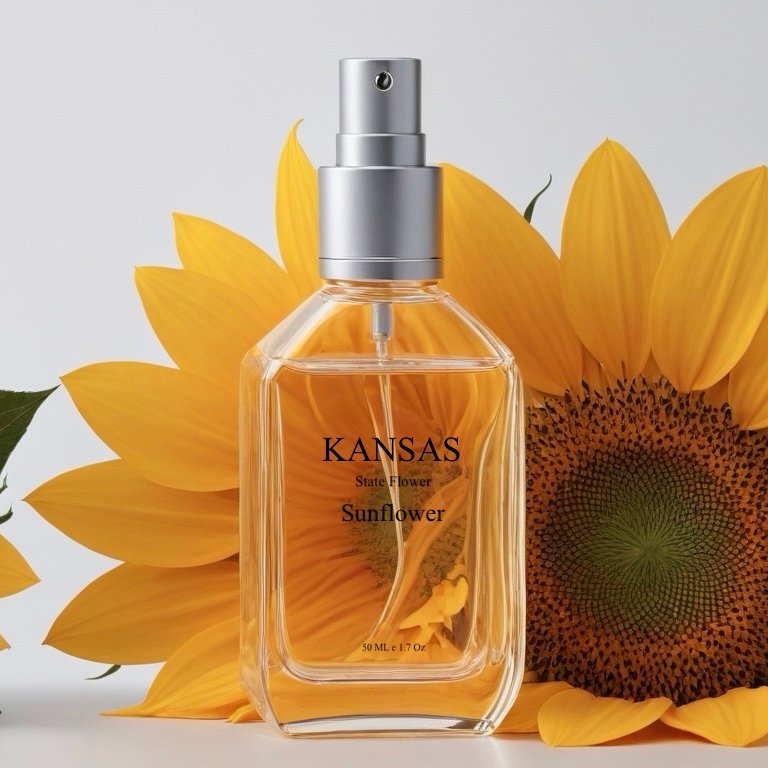
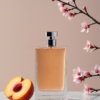
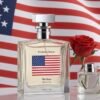
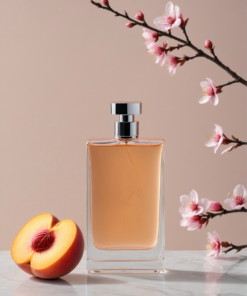
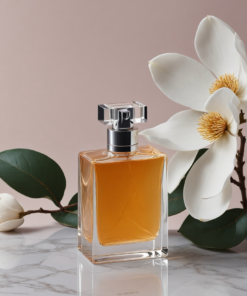
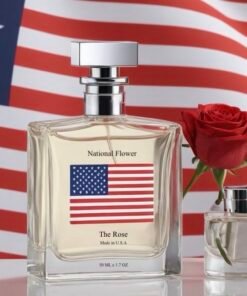
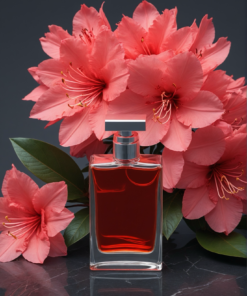
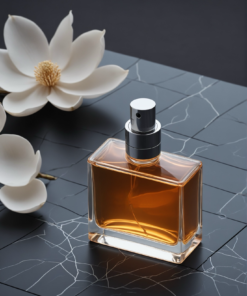
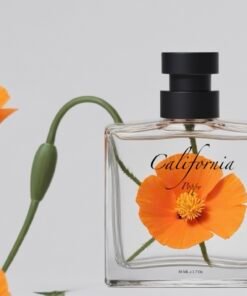
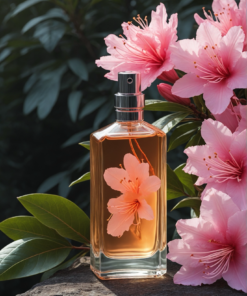
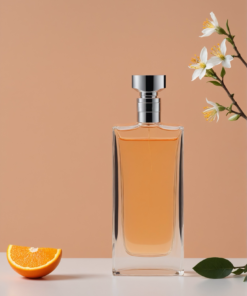
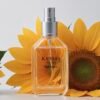
Reviews
There are no reviews yet.